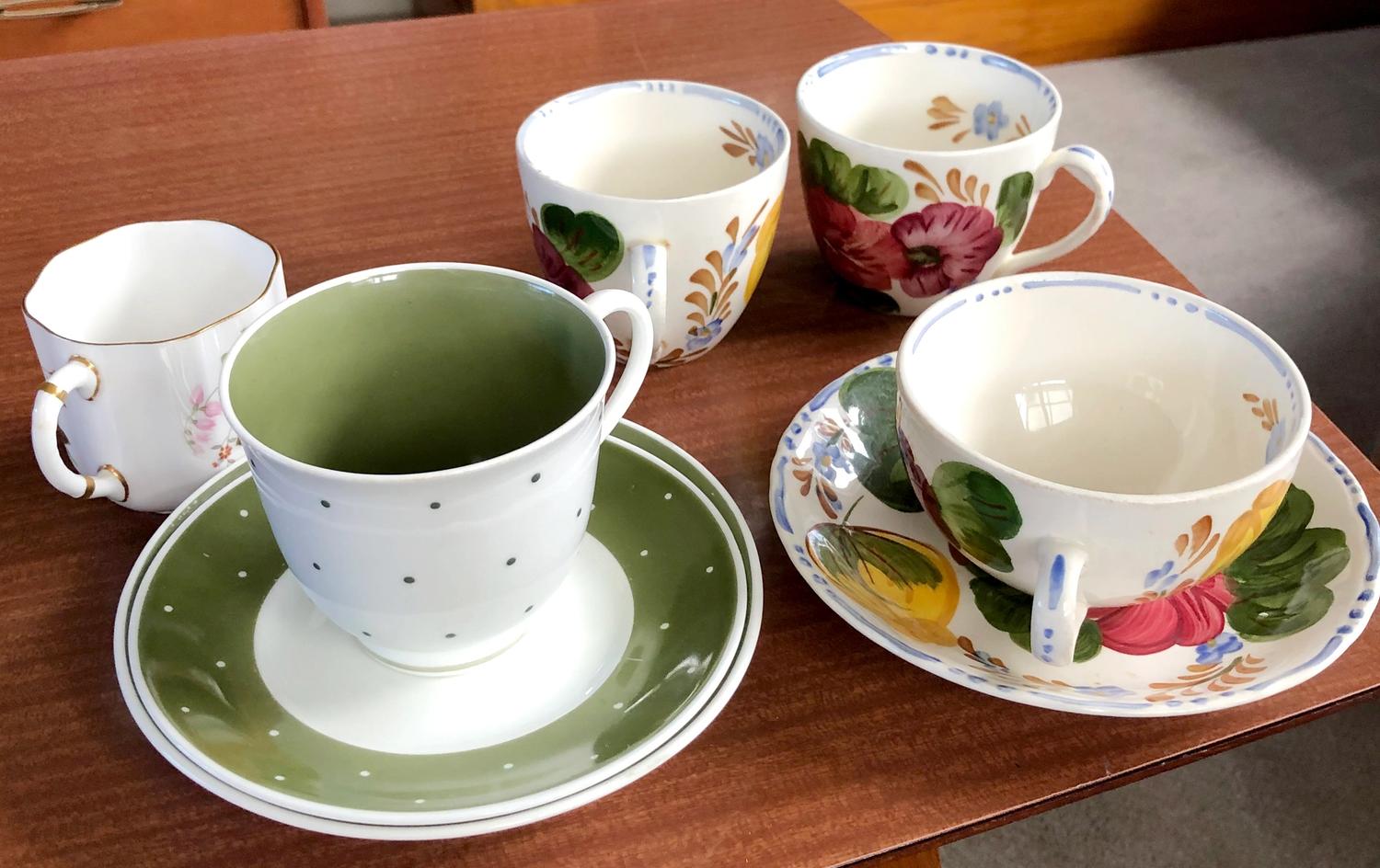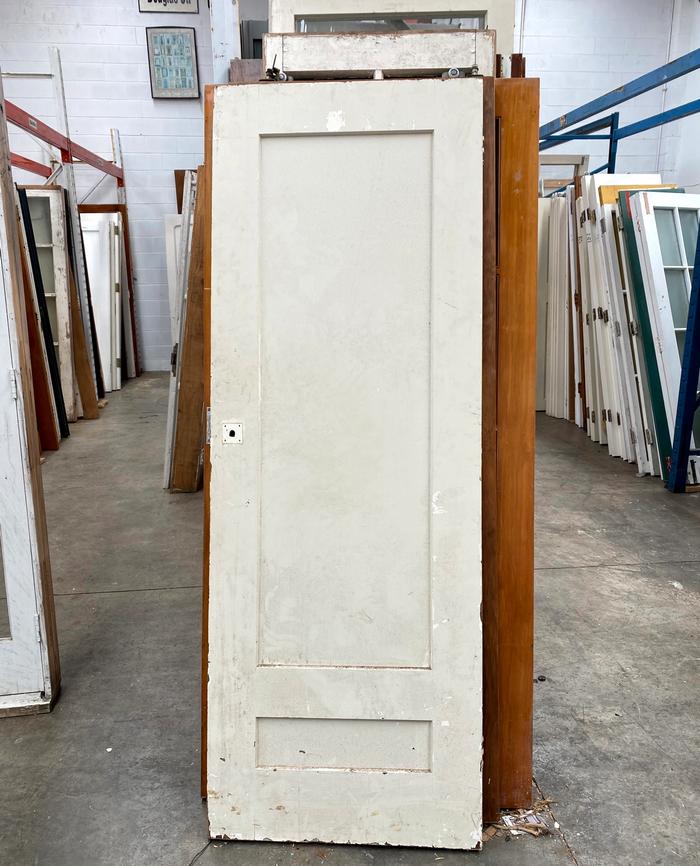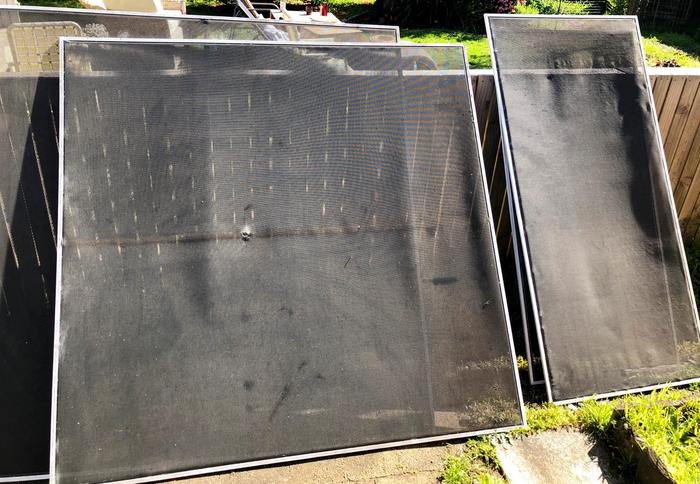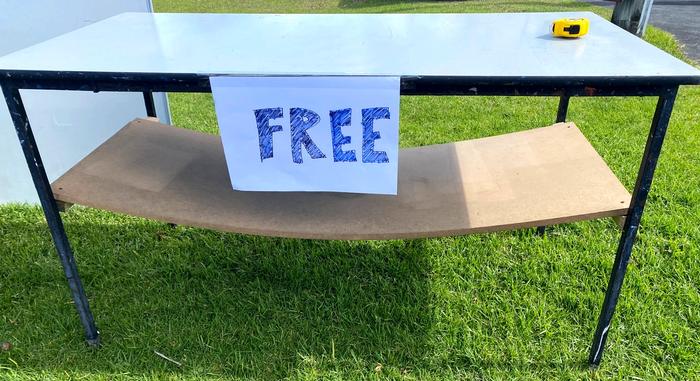Minimise waste during a house move or renovation and contribute to a thriving circular economy. Fiona Ralph’s tips will help you say no to the skip.
I can’t bear the idea of anything going to landfill. Each time my husband puts something on the dump pile, I pull it out and try to figure out how we can repurpose it. It takes a lot more time to dispose of things in an environmentally conscious way, and of course at times I succumb to the rubbish bin when there are no other options.

Each time I manage to reuse something, I get a thrill out of knowing that the item is continuing on its merry life instead of going to landfill.
Donations and online marketplaces
Op shops are my go-to for donating quality items. All the furniture that didn’t fit in our new home went to the local Women’s Refuge. But op shops aren’t a dumping ground. You should always check with a charity before dropping off goods, to ensure they want your items – and don’t leave things outside the shop where they may be stolen or damaged. Make sure things aren’t dirty or broken either – charities don’t usually have the resources to fix or clean items, and have to spend thousands of dollars disposing of rubbish each year.
Salvage shops (opposite) are a great place to look for, or pass on, old doors and other building materials.
But there’s a big gap between the op shop and the dump, and it’s an area I like to get my hands grubby in. Often something that is damaged can still be desirable for someone with the time to fix it, such as the broken 1980s stereo I listed for free on Facebook Marketplace – I had dozens of people interested. Trade Me and reuse shops at recycling centres are other good options for random items, such as leftover building materials.
E-waste recycling
Speaking of old electronics, like most people, we have collected a number of these over the years. We also removed lots of redundant aerials and cords that were attached to the outside of our house when we moved in. You can take these to an e-waste recycling depot where components are repurposed.
While removing the aerials, we also pulled some fly screens off our verandah, and I offered these for free on Facebook. Unfortunately, these were all loaded up on the roof of my new Facebook acquaintance’s car when he mentioned he was going to use them to make whitebait nets.
Four of the fish species in the whitebait catch are endangered, according to Forest & Bird, and whitebait is listed as “worst choice/ don’t eat” in the charity’s Best Fish Guide – but what was I going to do? Tell him I didn’t condone his hobby and take them back? Would it have been preferable for my screens to have gone to the dump?
Am I even responsible for what happens to my items after I pass them on? Welcome to my brain. These are the thoughts that keep me up at night.

Our old fly screens were a hit on Facebook Marketplace, albeit with a catch.
Salvage shops and demo yards
We removed our screen doors as well (although now that it’s fly season I’m not sure that was the smartest idea). We are hoping to sell these on Trade Me or to a demolition yard. There are salvage shops and demo yards around the country that buy and sell used building materials and fittings. These are also amazing places to hunt for bargains if you are renovating.
Friends and family
You can also look closer to home when rehoming items. You may have friends, family members or neighbours who could reuse something (although steer clear of dumping things on people who don’t want them!). I had almost resigned myself to throwing out some broken cups when I noticed that my new neighbour creates mosaics using ceramics. Now she takes all my broken cups, jugs and vases (luckily for her I’m clumsy).
Good things to know
If you’re going to leave something out the front of your house, make sure to post it on a community Facebook page or selling group at the same time, so people know it’s there – and bring it in if no one takes it. Although people do collect things from the side of the road – and I love to myself – I’ve seen many good items ruined after a heavy rainfall, particularly soft furnishings and electrical items.

If your city organises inorganic collections, these are also worth looking into, as some items are repurposed and redistributed to charity groups. Other community websites such as Neighbourly are useful for selling and giving things away too.
When it’s time to renovate, items like curtains and wood, aluminium, electrical components and fittings can be either recycled or repurposed by some organisations and community groups, while smaller items such as fabric, tiles, vinyl and even polystyrene can be used by schools and community organisations for art projects.
The latest edition of Collectors Anonymous, includes details of op shops, vintage shops and recycle centres around the country. See collectorsanonymous.co.nz.
According to studies, 40 percent of New Zealand’s waste comes from the construction industry, so separate building materials and look online to see where you can donate, sell or dispose of your items.








